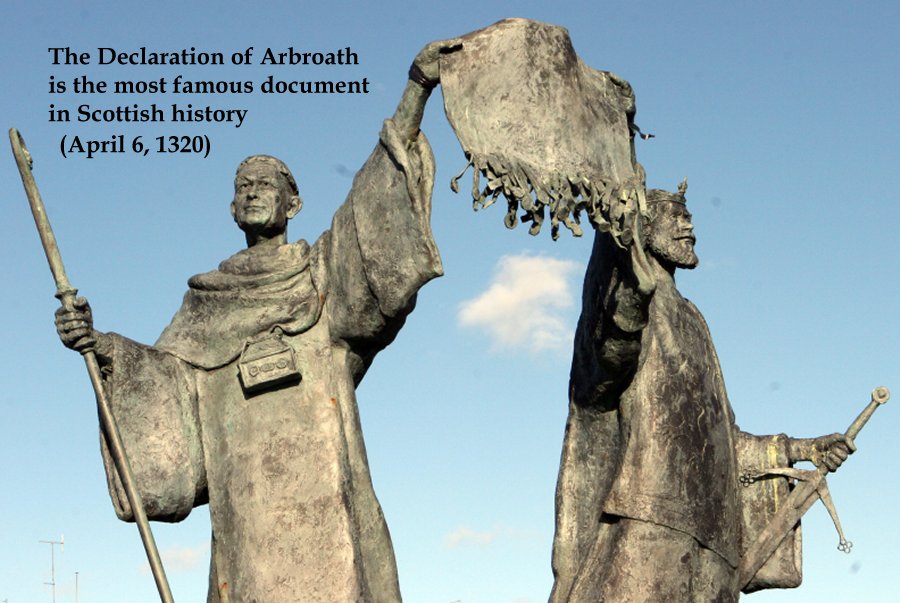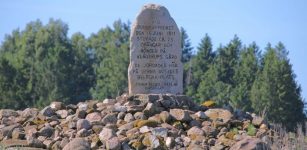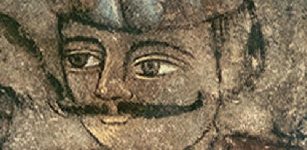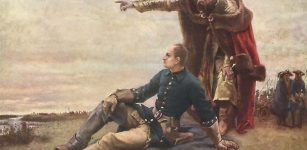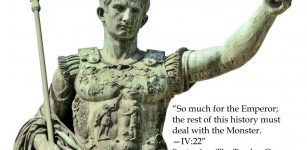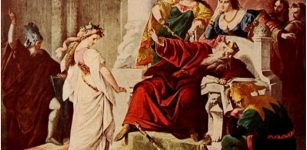On This Day In History: Declaration Of Arbroath – The Scots Reaffirm Their Independence – On Apr 6, 1320
MessageToEagle.com – On April 6, 1320, the Declaration of Arbroath was drafted and sent, in the form of a letter to Pope John XXII.
The document written in Latin, declares Scotland’s independence and the right to defend herself if attacked.
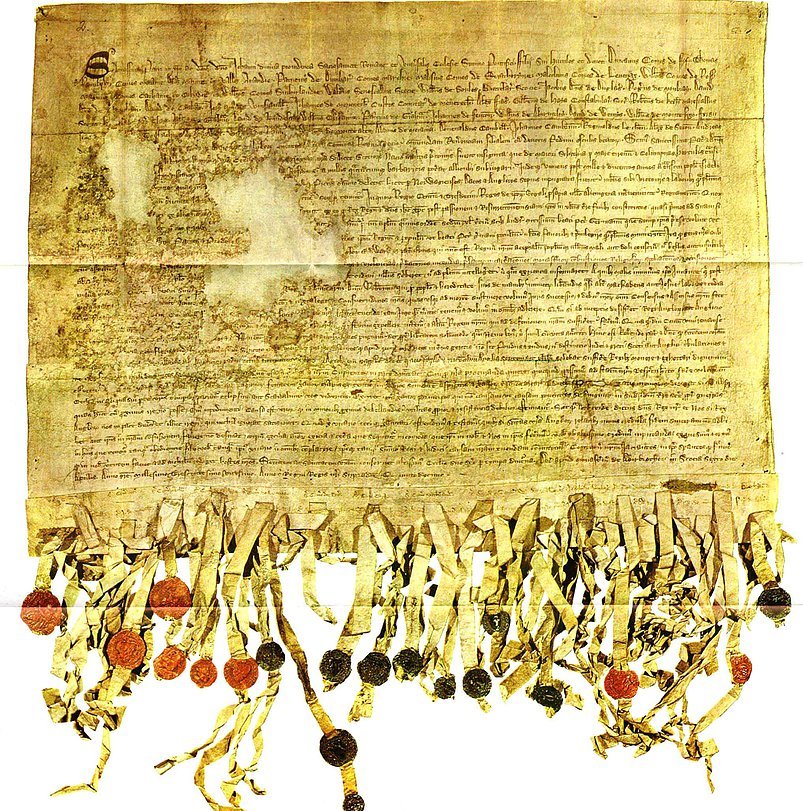
Undoubtedly, the Declaration of Arbroath is the most famous document in Scottish history being a part of broader diplomatic campaign which sought to assert Scotland’s position as an independent kingdom, rather than being a feudal land controlled by England’s Norman kings, as well as lift the excommunication of Robert the Bruce who murdered his greatest rival for the crown, Sir John Comyn of Badenoch before the altar in Greyfriars Church in Dumfries in 1306.
The Declaration made a number of rhetorical points:
- that Scotland had always been independent, indeed for longer than England;
- that Edward I of England had unjustly attacked Scotland and perpetrated atrocities;
- that Robert the Bruce had delivered the Scottish nation from this peril; and, most controversially,
- that the independence of Scotland was the prerogative of the Scottish people, rather than the King of Scots.
- In fact it stated that the nobility would choose someone else to be king if Bruce proved to be unfit in maintaining Scotland’s independence.
- It has also been argued that the Declaration was not a statement of popular sovereignty but a statement of royal propaganda supporting Bruce’s faction.
The most important clauses in the text, on the nature of kings, replaced religious sentiments with political ones.
The notion that their king was divinely commanded – was essentially rejected. Instead, he was chosen in a political act by the people, who could just as easily choose another.
It is said that the declaration’s principles have inspired the American Declaration of Independence.
MessageToEagle.com
Expand for references
